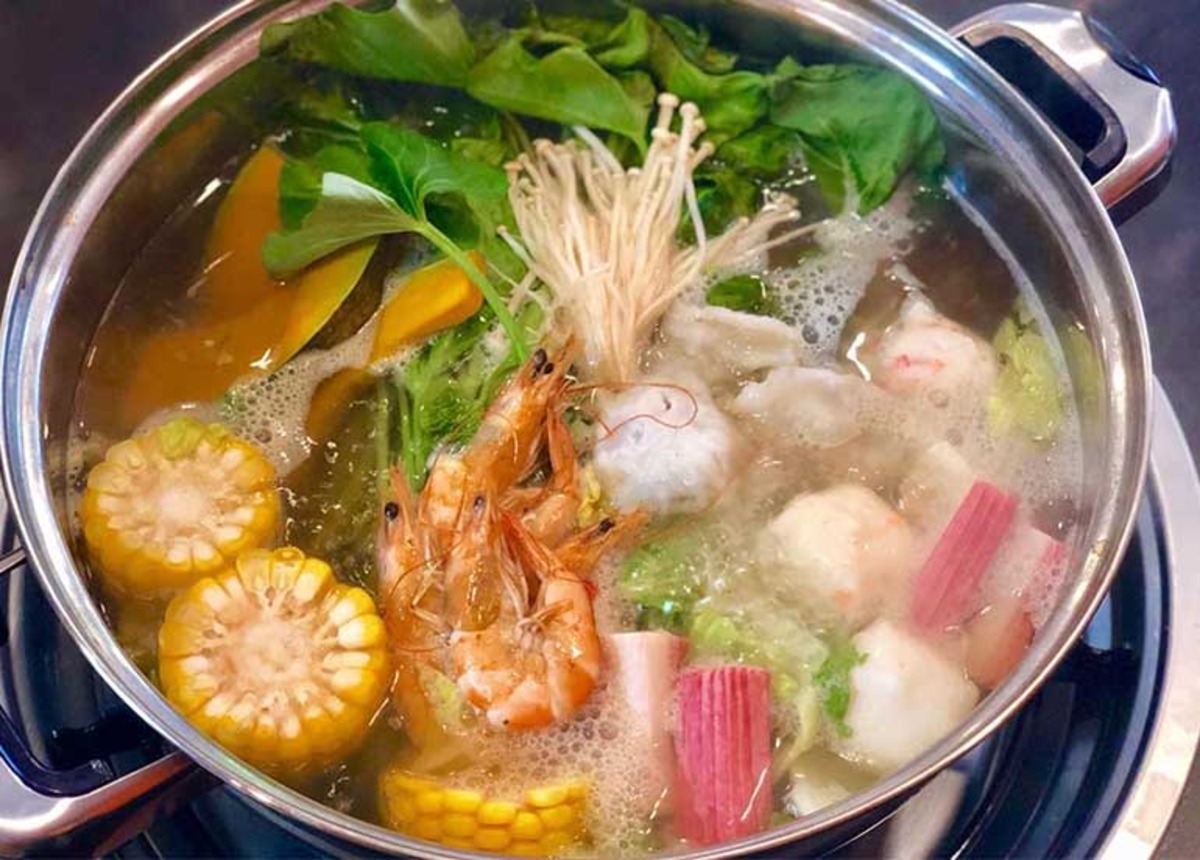

Articles
What Is Shabu Shabu Hot Pot
Modified: January 7, 2024
Discover the art of Shabu Shabu hot pot! This comprehensive article covers everything you need to know about this popular Japanese dining experience.
(Many of the links in this article redirect to a specific reviewed product. Your purchase of these products through affiliate links helps to generate commission for Storables.com, at no extra cost. Learn more)
Introduction
Welcome to the delicious world of Shabu Shabu, a hot pot dish that has gained immense popularity throughout the world. Originating from Japan, Shabu Shabu is a delightful communal dining experience that combines fresh ingredients, flavorful sauces, and delectable broth.
The name “Shabu Shabu” is derived from the sound of thinly sliced meat being swished around in the hot pot. It perfectly captures the interactive and playful nature of the meal. Gather around the table, dip your chosen ingredients into the bubbling broth, wait for them to cook to perfection, and enjoy the flavorful results.
With its interactive cooking style, Shabu Shabu is not only a delicious meal but also an entertaining and social activity. It brings friends and family together, allowing them to engage in conversation while cooking and enjoying a hearty, healthy meal.
In this article, we will dive deeper into the origins of Shabu Shabu, explore the ingredients used, learn how to prepare and cook it, discover the different variations available, discuss its health benefits, and even highlight some popular Shabu Shabu restaurants.
So, get ready to embark on a culinary adventure as we uncover the secrets and delights of Shabu Shabu!
Key Takeaways:
- Shabu Shabu is a delightful, interactive dining experience that brings people together through its communal nature, flavorful ingredients, and health-conscious cooking style.
- From its origins in Japan to its worldwide popularity, Shabu Shabu offers a versatile and customizable dining adventure, with variations and health benefits to suit diverse preferences.
Read also: 12 Best Shabu Shabu Hot Pot for 2024
Origins of Shabu Shabu
Shabu Shabu has its roots in Japan and can be traced back to the mid-20th century. The dish was inspired by a Chinese hot pot dish called “Shuan Yang Rou,” which translates to “Mandarin Duck Hot Pot.
Shabu Shabu was first introduced in the city of Osaka in the 1950s by a restaurant called “Suehiro.” It quickly gained popularity and spread throughout Japan, becoming a staple in many households and restaurants.
The term “Shabu Shabu” was coined by the restaurant’s owner, who wanted to emulate the sound of thinly sliced meat being swished in the boiling broth. The name perfectly captured the interactive and dynamic nature of the dish, which contributed to its widespread appeal.
Originally, Shabu Shabu was made with thinly sliced beef, but over time, other proteins such as pork, chicken, and even seafood started to be used. The dish is all about the quality and freshness of the ingredients, with an emphasis on thinly sliced cuts that cook quickly in the hot broth.
Shabu Shabu is often enjoyed during special occasions and celebrations in Japan, bringing families and friends together to share a memorable dining experience. The communal aspect of the meal fosters a sense of connection and togetherness.
Today, Shabu Shabu has become popular worldwide, with variations and adaptations in different cultures. It has become a beloved choice for those seeking a flavorful and interactive dining experience.
Now that we know the origins of Shabu Shabu, let’s explore the essential ingredients used in this delicious hot pot dish.
Ingredients Used in Shabu Shabu
Shabu Shabu is a versatile dish that allows you to customize your hot pot experience with a wide array of fresh ingredients. Here are some of the essential components typically found in a Shabu Shabu feast:
1. Protein: Thinly sliced meat is the star of Shabu Shabu. Traditional choices include beef (such as ribeye or sirloin), pork (such as pork loin or belly), and chicken. Seafood options like shrimp, scallops, and fish can also be included to add variety.
2. Vegetables: A variety of vegetables are essential for creating a balanced Shabu Shabu meal. Common options include Napa cabbage, spinach, mushrooms (such as shiitake or enoki), carrots, green onions, and tofu. These vegetables not only add flavor and texture but also enhance the nutritional value of the dish.
3. Noodles: Adding noodles to your Shabu Shabu is a delightful way to create a heartier and more satisfying meal. Options like udon noodles, rice noodles, or glass noodles can be included and cooked in the flavorful broth.
4. Broth: The broth is the base of Shabu Shabu, imparting its delicious flavors to the ingredients. Traditionally, Shabu Shabu uses a kombu (seaweed) and bonito (fish) broth, known as dashi. However, variations using chicken, beef, or vegetable broth are also popular. The broth can be seasoned with soy sauce, mirin, and sake for added depth of flavor.
5. Dipping Sauces: Dipping sauces are an essential part of the Shabu Shabu experience. Common options include ponzu sauce (a tangy citrus-based sauce), sesame sauce (made with ground sesame seeds), and goma dare (a creamy sesame dipping sauce). These sauces add another layer of flavor and enhance the taste of the cooked ingredients.
6. Condiments: Additional condiments such as chili oil, grated ginger, and minced garlic are often provided to enhance the flavors to suit individual preferences. These condiments add a delicious kick and can be used as garnishes for added aroma.
Remember, the key to a delicious Shabu Shabu meal lies in choosing fresh, high-quality ingredients. With the right combination of proteins, vegetables, broth, and dipping sauces, you can create a personalized Shabu Shabu experience that suits your taste buds.
Now that we know about the ingredients used in Shabu Shabu, let’s dive into the preparation and cooking process.
Preparation and Cooking of Shabu Shabu
Preparing and cooking Shabu Shabu is an interactive and enjoyable process that brings people together. Here are the steps to create the perfect Shabu Shabu experience:
1. Setting the Table: Before you start cooking, prepare the table by setting up the hot pot in the middle. You can use a portable electric or induction cooker, or a traditional gas stove. Fill the pot with the desired broth and bring it to a gentle boil.
2. Prepping the Ingredients: While the broth is heating, start preparing the ingredients. Thinly slice the protein of your choice, such as beef, pork, or chicken, and arrange them on a plate. Wash and chop the vegetables, keeping them fresh and crisp. Soak the noodles in cold water to soften them before cooking.
3. Cooking the Meat: When the broth is boiling, begin cooking the meat slices. Take a slice of meat with your chopsticks and swirl it in the hot broth. The meat will cook rapidly, usually within a few seconds. Once it changes color and firms up, remove it from the pot and dip it into your preferred dipping sauce before enjoying it.
4. Cooking the Vegetables and Noodles: After cooking the meat, continue the process with the vegetables. Add them to the broth and let them simmer until they reach your desired level of tenderness. Be mindful of the cooking time for each vegetable as they may vary. For noodles, add them to the pot and cook them according to the package instructions.
5. Assembling your Bowl: Once all the ingredients are cooked, it’s time to assemble your bowl. Start with a bowl of steamed rice as the base. Then, add the cooked meat, vegetables, and noodles on top. Finish it off with a ladle of the flavorful broth to bring everything together.
6. Enjoying the Meal: Now it’s time to dig in! Use your chopsticks or a pair of tongs to pick up the ingredients and dip them into your favorite sauce before taking a bite. The combination of flavors and textures in each mouthful is what makes Shabu Shabu such a delightful meal.
Throughout the meal, continue adding ingredients to the hot pot and cooking them as desired. The communal aspect of Shabu Shabu allows everyone at the table to participate in the cooking process, making it a fun and interactive dining experience.
Now that you know how to prepare and cook Shabu Shabu, let’s explore the art of eating it and the different variations of this delectable dish.
Eating Shabu Shabu
Eating Shabu Shabu is not only a delicious experience but also a unique and interactive one. Here are some tips to savor your Shabu Shabu meal:
1. Dip and Swirl: Take a slice of cooked meat or a piece of vegetable with your chopsticks and dip it into your desired dipping sauce. Give it a gentle swirl in the sauce to coat it evenly before taking a bite. This adds an extra layer of flavor to the ingredient.
2. Enjoy the Broth: The broth in the hot pot becomes infused with the flavors of the ingredients as you cook them. Take a moment to sip the warm and savory broth between bites. It is often rich and comforting, and it complements the other elements of the meal.
3. Balance the Flavors: Experiment with different combinations of ingredients and dipping sauces to find the perfect balance of flavors. Mix and match the meats, vegetables, noodles, and sauces to create unique flavor profiles that suit your preferences.
4. Cook to Your Preference: Shabu Shabu allows you to control the level of doneness for the proteins and veggies. If you prefer your meat slightly rare, cook it for a shorter time. Likewise, if you like your veggies crisp, keep their cooking time minimal. Adjust the cooking time to suit your taste.
5. Engage in Conversation: Shabu Shabu is not just about the food; it’s also about the social experience. Engage in lively conversation with your dining companions as you cook and enjoy your meal together. Shabu Shabu brings people closer, fostering a sense of community and shared enjoyment.
6. Savor the Freshness: One of the highlights of Shabu Shabu is the freshness of the ingredients. With each bite, relish the crispness of the vegetables, the tenderness of the meat, and the delicious flavors of the broth. Appreciate the quality of the ingredients and savor the freshness.
Eating Shabu Shabu is not only a meal; it’s an experience. The combination of cooking, dipping, and savoring the ingredients creates a unique and memorable dining adventure.
Now that we’ve explored the art of eating Shabu Shabu, let’s discover some popular variations of this delightful hot pot dish.
When preparing Shabu Shabu hot pot, be sure to thinly slice the meat and vegetables for quick cooking. Use a flavorful broth and dip the cooked ingredients in a tasty sauce for maximum enjoyment.
Read more: What Is A Hot Pot?
Variations of Shabu Shabu
While traditional Shabu Shabu is made with thinly sliced meat and vegetables cooked in a hot broth, there are several variations of this beloved hot pot dish. Here are some popular variations you might encounter:
1. Sukiyaki: Sukiyaki is a Japanese hot pot dish that is similar to Shabu Shabu but with a slightly different flavor profile. Thinly sliced beef is cooked in a sweet and savory soy-based broth along with a variety of vegetables and tofu. It is often served with a raw egg for dipping the cooked beef.
2. Tom Yum Hot Pot: This variation of Shabu Shabu finds its origins in Thailand. It features a spicy and sour broth made with ingredients like lemongrass, kaffir lime leaves, chili, and lime juice. It’s typically paired with seafood such as shrimp, squid, and fish, along with an assortment of vegetables.
3. Yosenabe: Yosenabe is a Japanese hot pot dish that combines a variety of ingredients such as seafood, meat, tofu, and vegetables. The ingredients are cooked in a mild soy-based broth and often seasoned with miso or ponzu sauce. It is a versatile dish, allowing for a wide range of ingredients based on personal preference.
4. Nabemono: Nabemono refers to a category of Japanese hot pot dishes that include Shabu Shabu. Other popular variations under this category include Chanko Nabe (a hearty hot pot consumed by sumo wrestlers) and Mizutaki (a chicken-based hot pot from Kyushu). Each variation has its own unique flavors and ingredients.
5. Vegetarian/Vegan Shabu Shabu: For those who follow a vegetarian or vegan diet, there are options available to enjoy Shabu Shabu. Instead of meat, tofu and vegetarian-friendly mock meats can be used. The broth can be made with vegetable stock, kombu, and shiitake mushrooms for rich flavors.
These are just a few examples of the variations you might come across when exploring the world of Shabu Shabu. Each variation offers a unique twist on the traditional hot pot dish, allowing for diverse flavors and ingredient combinations.
Now that we’ve discussed some popular variations, let’s delve into the health benefits of enjoying a Shabu Shabu meal.
Health Benefits of Shabu Shabu
Shabu Shabu not only tantalizes the taste buds but also offers several health benefits. Here are some of the reasons why this hot pot dish is considered a nutritious and wholesome meal:
1. Low in Calories: Shabu Shabu is a low-calorie dish that allows you to control the portion sizes and ingredients. By incorporating lean proteins, fresh vegetables, and a balanced mix of carbohydrates, you can create a satisfying yet calorie-conscious meal.
2. Rich in Protein: Shabu Shabu typically features protein-rich ingredients such as thinly sliced meat, seafood, and tofu. Protein is essential for building and repairing tissues, supporting muscle growth, and providing a feeling of satiety. It is an excellent choice for individuals looking to meet their daily protein requirements.
3. Abundance of Vegetables: Shabu Shabu is loaded with a variety of vegetables, which are a great source of vitamins, minerals, and dietary fiber. These micronutrients and fiber help support a healthy digestive system, boost immunity, and reduce the risk of chronic diseases.
4. Customizable Ingredients: Shabu Shabu allows you to choose the ingredients that suit your dietary preferences and restrictions. Whether you’re following a low-carb, gluten-free, or vegetarian/vegan diet, you can customize the ingredients to align with your nutritional needs.
5. Minimal Use of Oil: Shabu Shabu is a cooking method that requires minimal oil. Cooking the ingredients in a hot broth helps retain their natural flavors and nutrients without the need for excessive oil, making it a healthier alternative to other cooking methods.
6. Consumption of Broth: The hot pot broth in Shabu Shabu is packed with flavors from vegetables, herbs, and seasonings. It provides hydration and may contain beneficial nutrients extracted from the ingredients. Sipping on the broth can be a comforting and nourishing addition to the meal.
7. Interactive Dining Experience: The interactive nature of Shabu Shabu encourages slower eating, allowing you to chew food thoroughly and savor each bite. This mindful approach to eating can promote better digestion and a greater sense of satisfaction from the meal.
Remember to choose high-quality ingredients and practice moderation when enjoying Shabu Shabu to reap the maximum health benefits of this delicious hot pot dish.
Now that we’ve explored the health benefits of Shabu Shabu, let’s take a look at some popular Shabu Shabu restaurants you may want to try.
Popular Shabu Shabu Restaurants
When it comes to enjoying a delightful Shabu Shabu experience, there are several renowned restaurants around the world that stand out for their exceptional offerings. Here are some popular Shabu Shabu restaurants worth exploring:
1. Gyu-Kaku: With locations worldwide, Gyu-Kaku is a well-known Japanese BBQ restaurant that also serves excellent Shabu Shabu. They offer a range of high-quality meats, fresh vegetables, and flavorful broths to create a memorable and delicious hot pot experience.
2. Nabezo: Known for its all-you-can-eat Shabu Shabu concept, Nabezo is a popular chain of restaurants in Japan. They offer an extensive selection of meats, veggies, and dipping sauces, allowing diners to indulge in an endless feast of Shabu Shabu goodness.
3. Mizutaki: Located in Fukuoka, Japan, Mizutaki is a renowned restaurant specializing in Mizutaki-style hot pot. They serve an exquisite chicken-based broth, along with a variety of premium ingredients. Mizutaki offers a unique and flavorful twist to the traditional Shabu Shabu experience.
4. Shaburi: Shaburi is a well-known Shabu Shabu restaurant chain in Japan, famous for its high-quality ingredients and premium cuts of meat. They offer a range of broths and dipping sauces, allowing diners to customize their Shabu Shabu experience according to their preferences.
5. Shabuhouse: Located in Los Angeles, Shabuhouse is a beloved hotspot for Shabu Shabu lovers. They offer a variety of protein options including premium Wagyu beef, along with fresh vegetables and delicious broths. Shabuhouse provides a warm and inviting atmosphere to enjoy this comforting meal.
6. Shabu Sai: Shabu Sai is a popular Shabu Shabu franchise hailing from Singapore. They offer an affordable and quality dining experience with an array of ingredients and flavorful broths. Shabu Sai is a go-to destination for those looking to enjoy a satisfying Shabu Shabu meal in Singapore.
7. Shabusen: Located in Vancouver, Canada, Shabusen is a well-established Japanese restaurant known for its delicious Shabu Shabu offerings. They provide a wide selection of meats, seafood, and vegetables, along with an assortment of dipping sauces to elevate the dining experience.
These are just a few examples of popular Shabu Shabu restaurants that are known for their quality ingredients, delicious broths, and exceptional dining experiences. Whether you’re in Japan, the United States, or other parts of the world, there are plenty of options to explore and indulge in the magic of Shabu Shabu.
With our journey through Shabu Shabu complete, let’s conclude our exploration of this delightful hot pot dish.
Conclusion
Shabu Shabu is more than just a meal – it’s an experience. This Japanese hot pot dish brings people together through its interactive cooking style, delicious flavors, and communal dining atmosphere. From its origins in Osaka to its worldwide popularity today, Shabu Shabu has captured the hearts and taste buds of people around the globe.
Through the careful selection of ingredients, the art of preparing and cooking, the mindful act of eating, and the social interaction it fosters, Shabu Shabu offers a unique and memorable dining adventure. Whether you prefer traditional Shabu Shabu, variations like Sukiyaki or Tom Yum Hot Pot, or vegetarian/vegan options, there’s a Shabu Shabu experience for everyone.
Aside from its delicious taste, Shabu Shabu also offers health benefits. With its low-calorie nature, protein-rich meats, abundance of vegetables, and minimal use of oil, Shabu Shabu is a nutritious and wholesome meal choice. It allows for customization based on dietary preferences and promotes mindful eating practices.
Exploring popular Shabu Shabu restaurants adds another dimension to the experience. From worldwide chains like Gyu-Kaku and Nabezo to local gems like Mizutaki and Shabuhouse, these establishments offer a range of high-quality ingredients, flavorful broths, and inviting dining environments.
So, whether you’re looking for a cozy home-cooked Shabu Shabu gathering with loved ones or an outing to a renowned restaurant, Shabu Shabu provides a delightful and memorable dining experience that satisfies both the taste buds and the soul.
Indulge in the flavorful broth, savor the tender meats and fresh vegetables, and engage in warm conversations as you enjoy the interactive and communal nature of Shabu Shabu. Embrace the swirl of flavors and the harmonious symphony of ingredients as you create your perfect bowl of Shabu Shabu.
Now that you’ve gained a deeper understanding of Shabu Shabu, it’s time to embark on your own culinary adventure and indulge in this delectable hot pot dish. Discover the joy and satisfaction that Shabu Shabu brings as you gather around the table, share laughter and stories, and create memories with loved ones. Happy Shabu Shabu-ing!
Frequently Asked Questions about What Is Shabu Shabu Hot Pot
Was this page helpful?
At Storables.com, we guarantee accurate and reliable information. Our content, validated by Expert Board Contributors, is crafted following stringent Editorial Policies. We're committed to providing you with well-researched, expert-backed insights for all your informational needs.
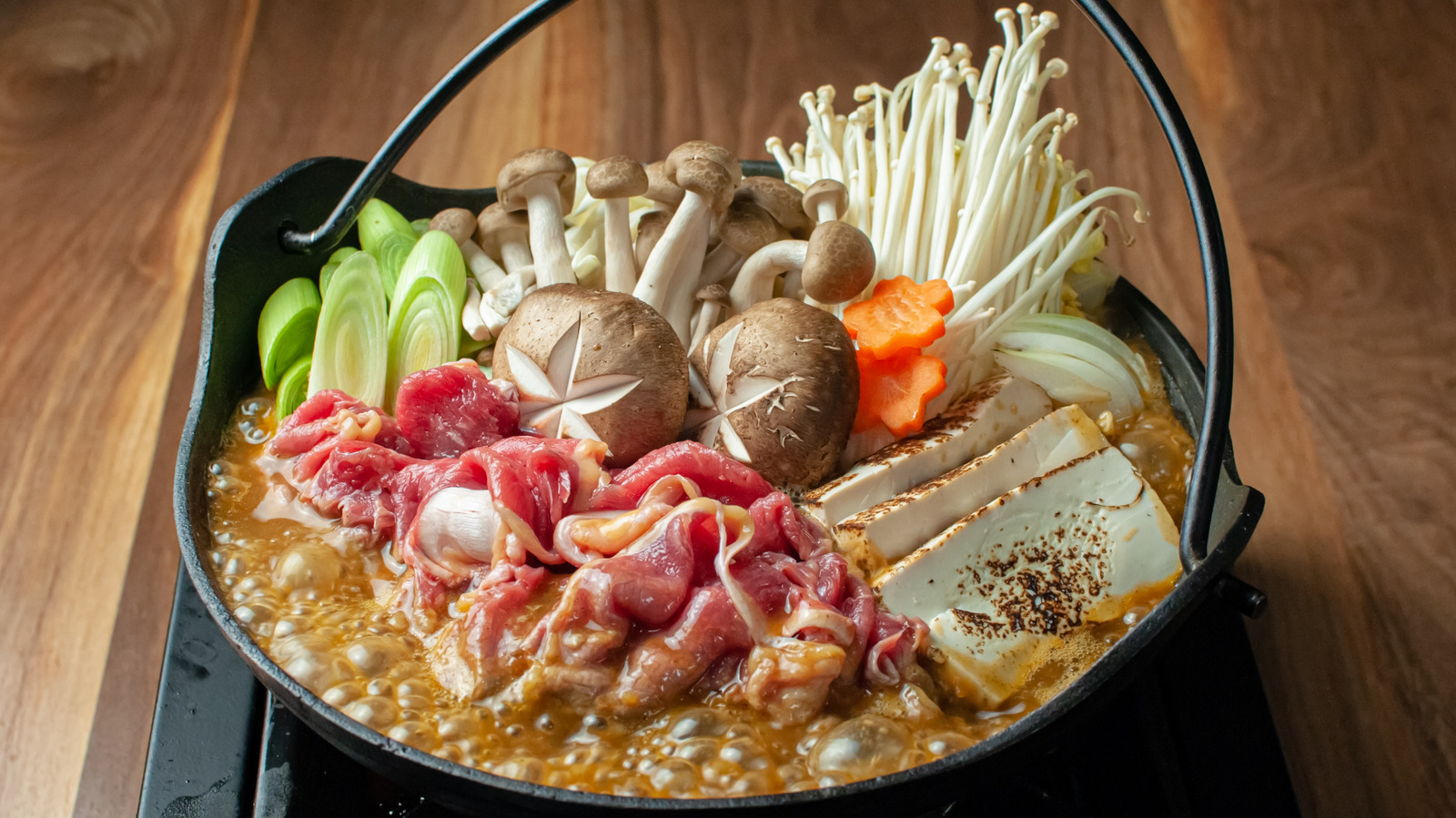

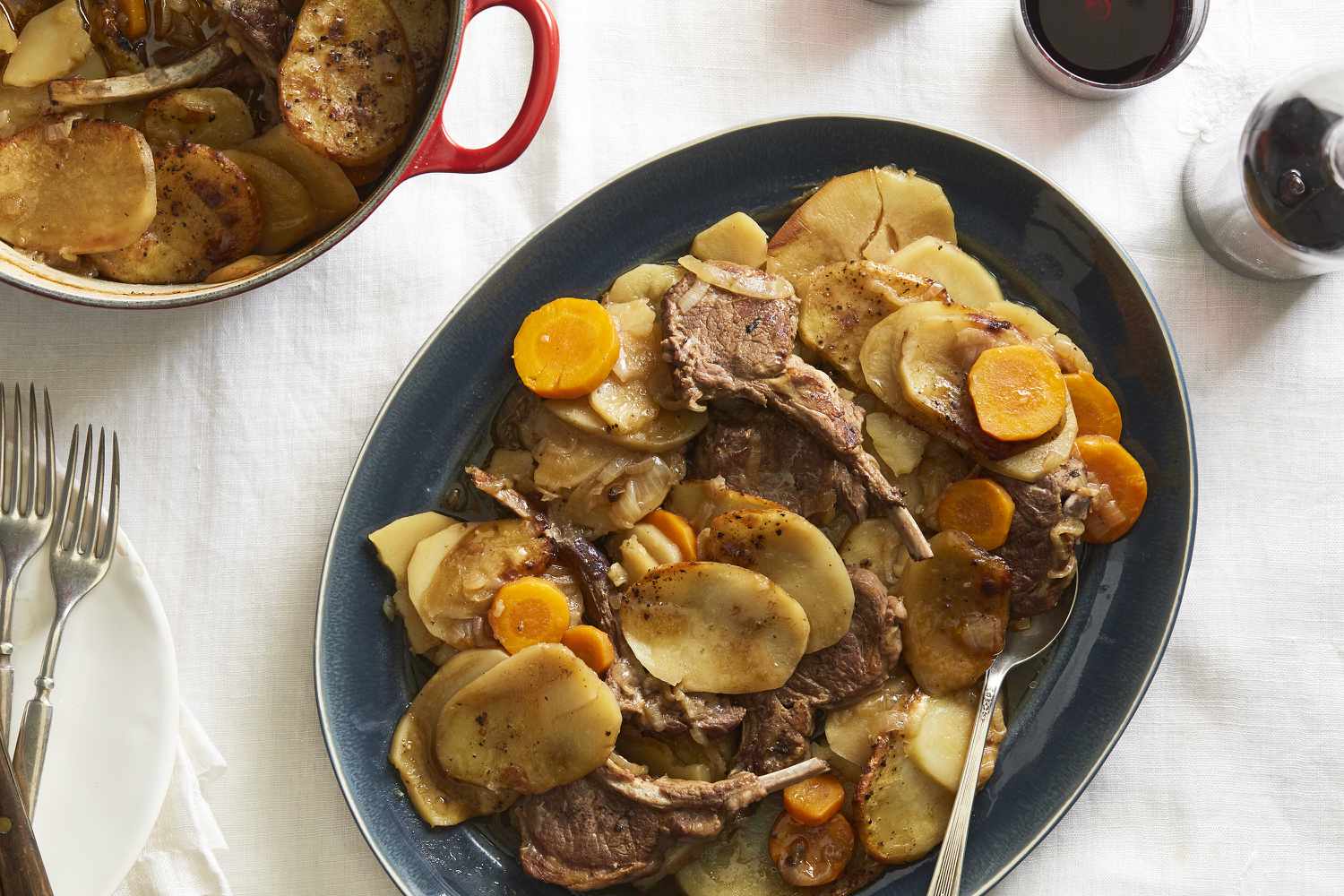
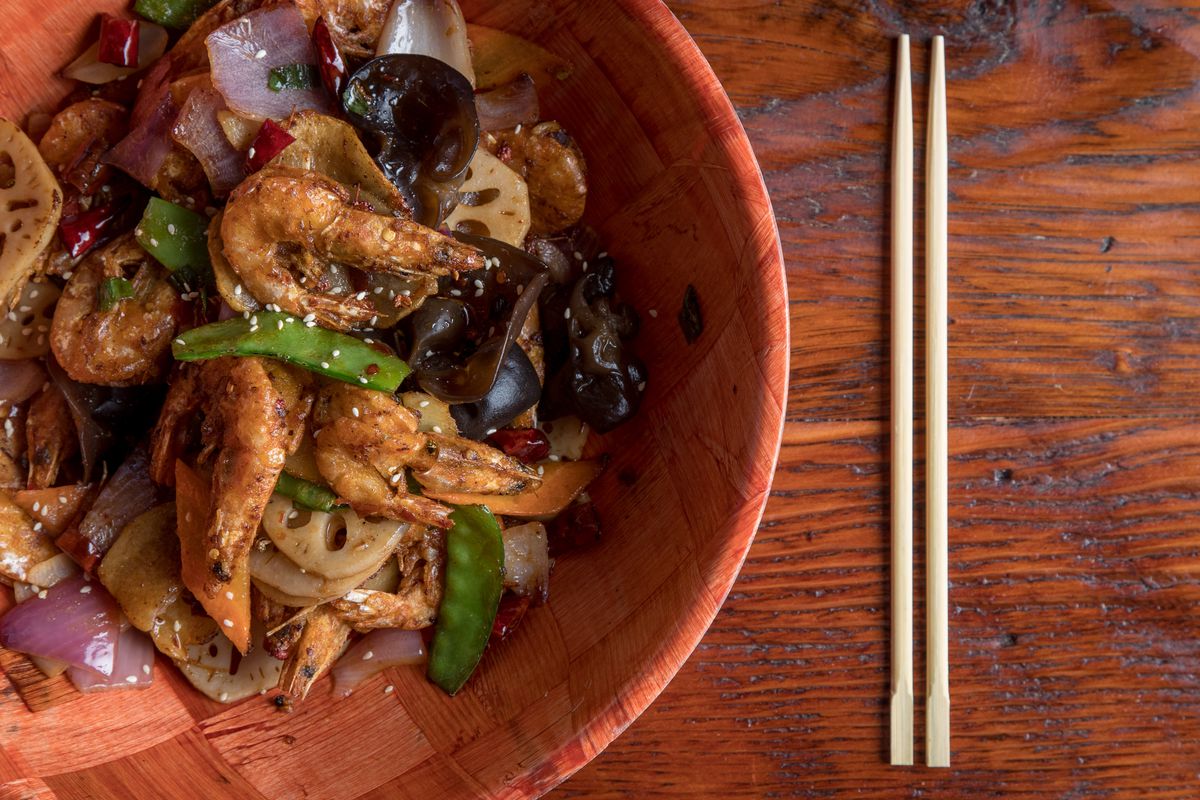
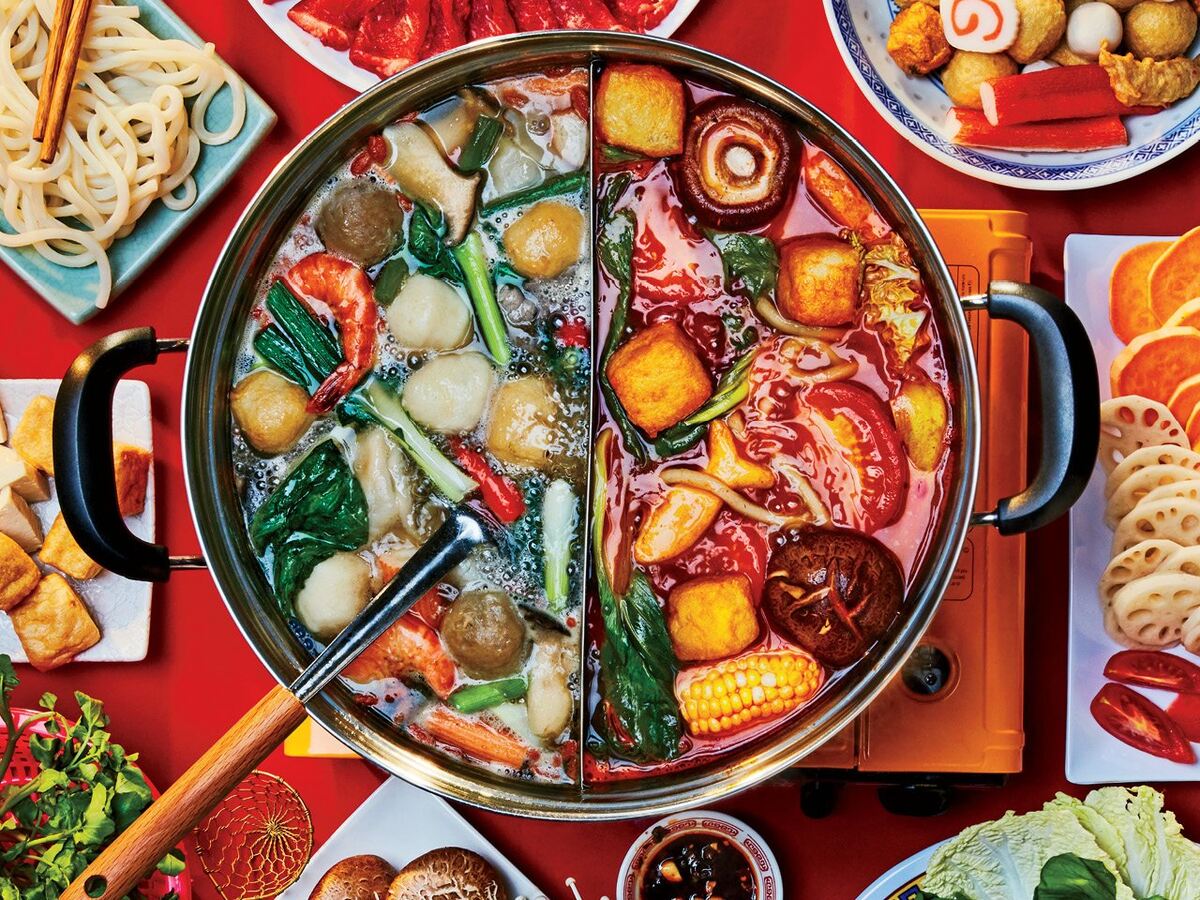
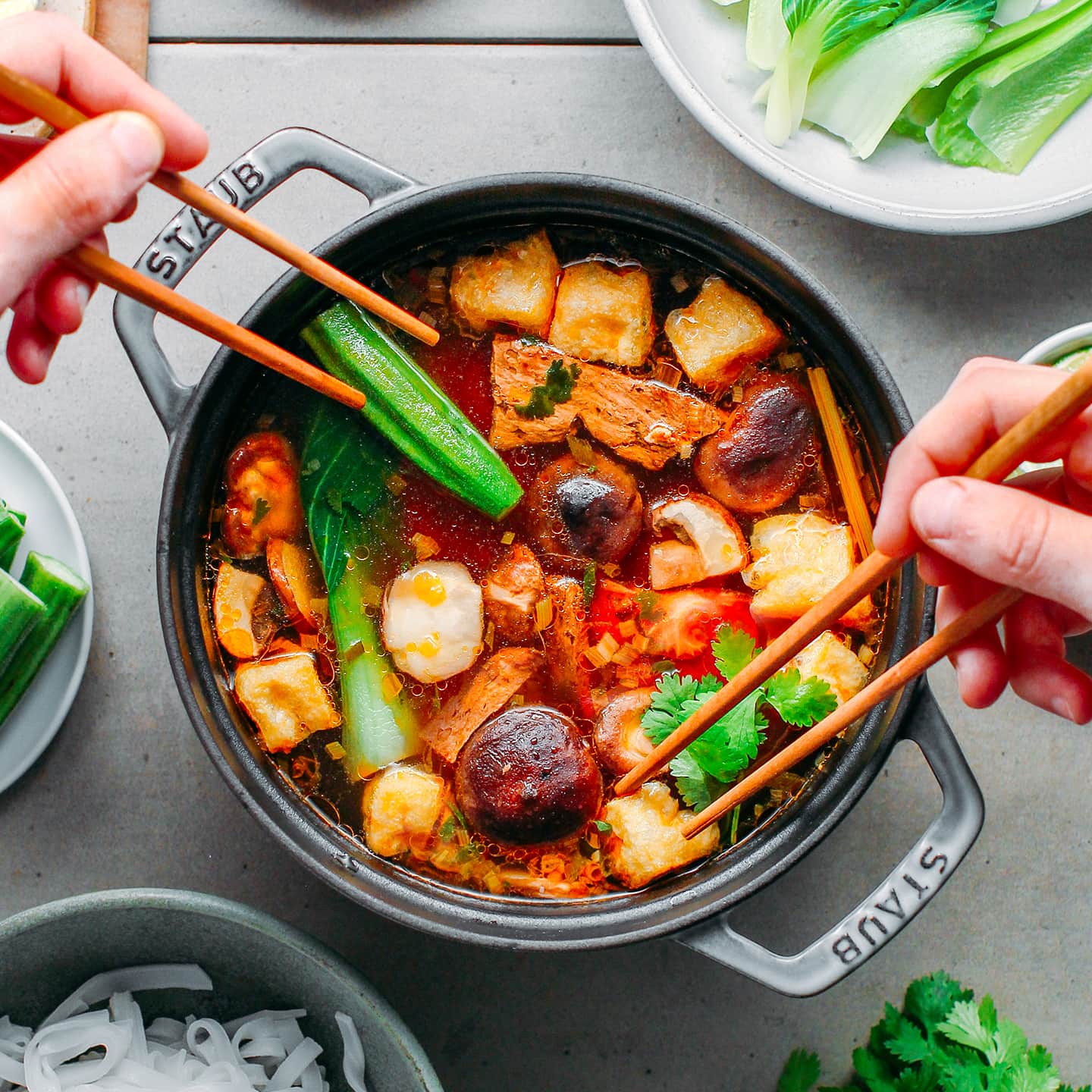
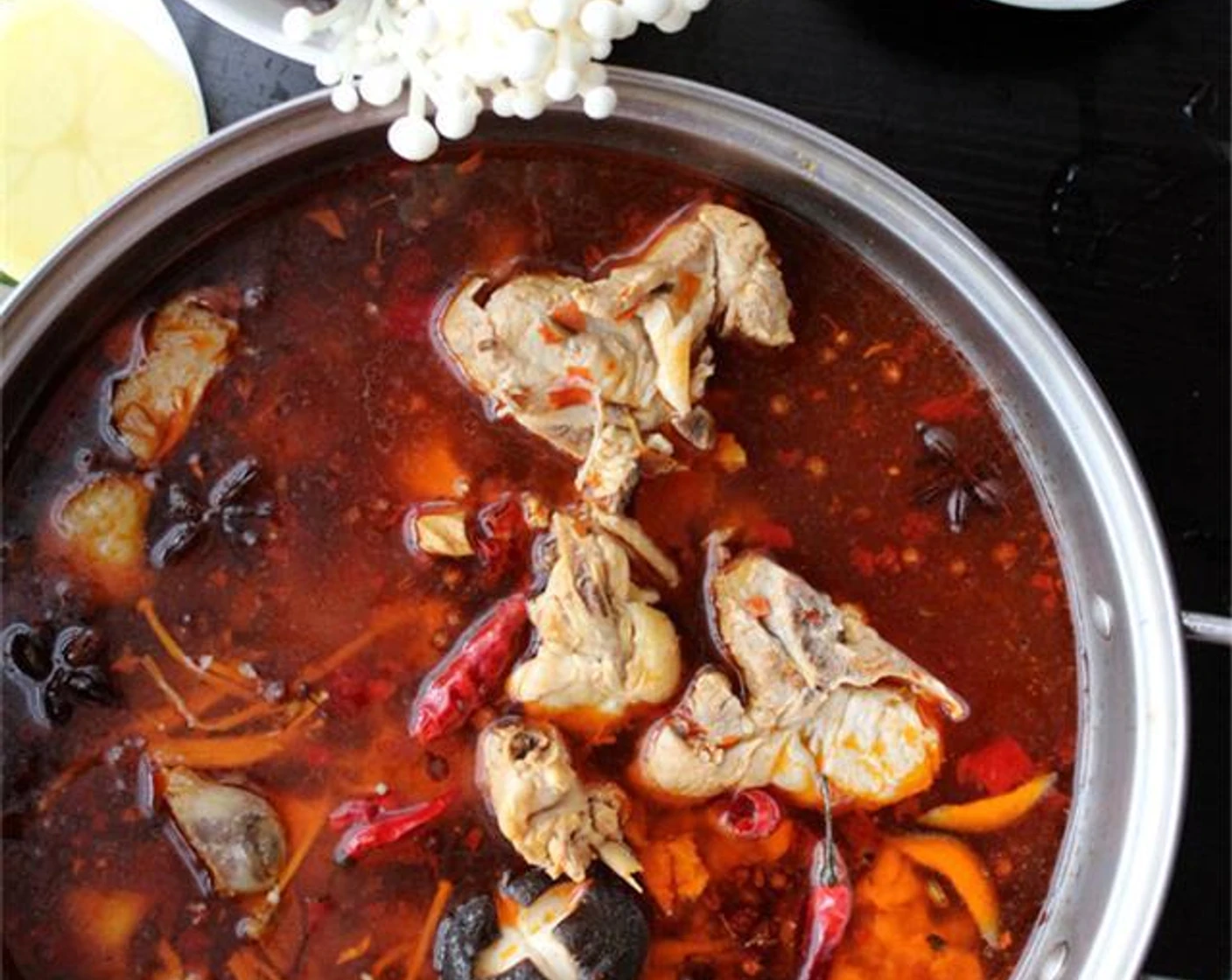
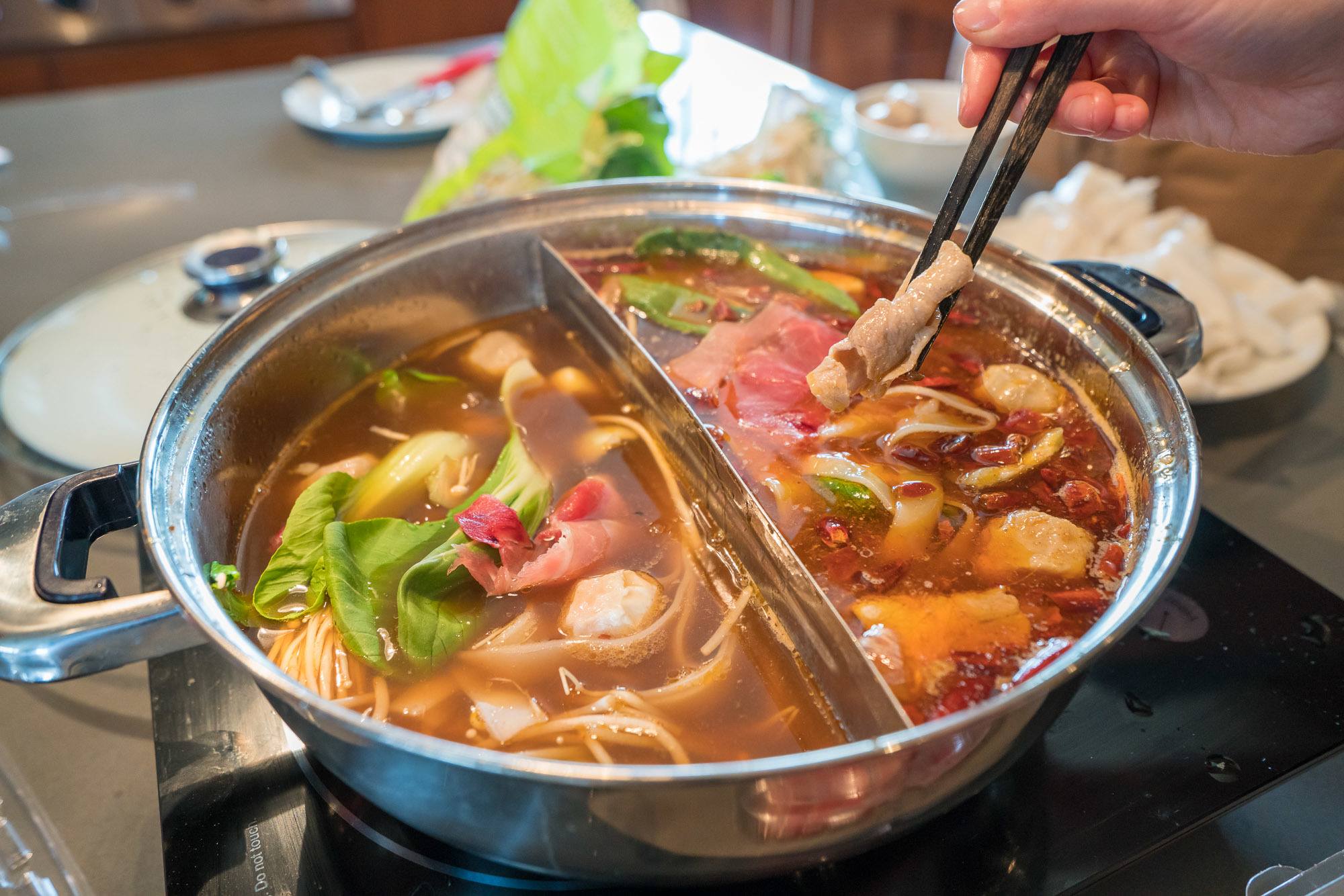
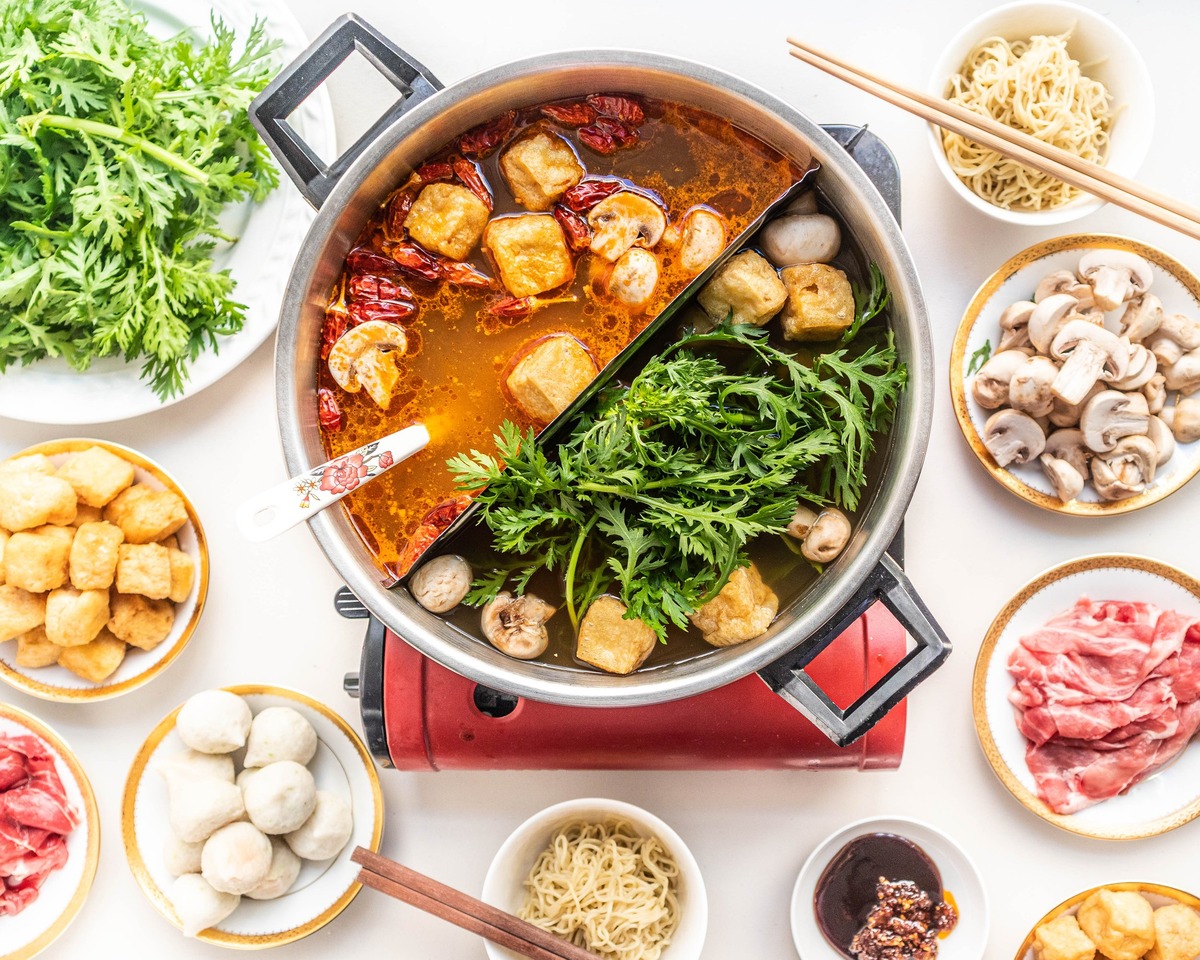
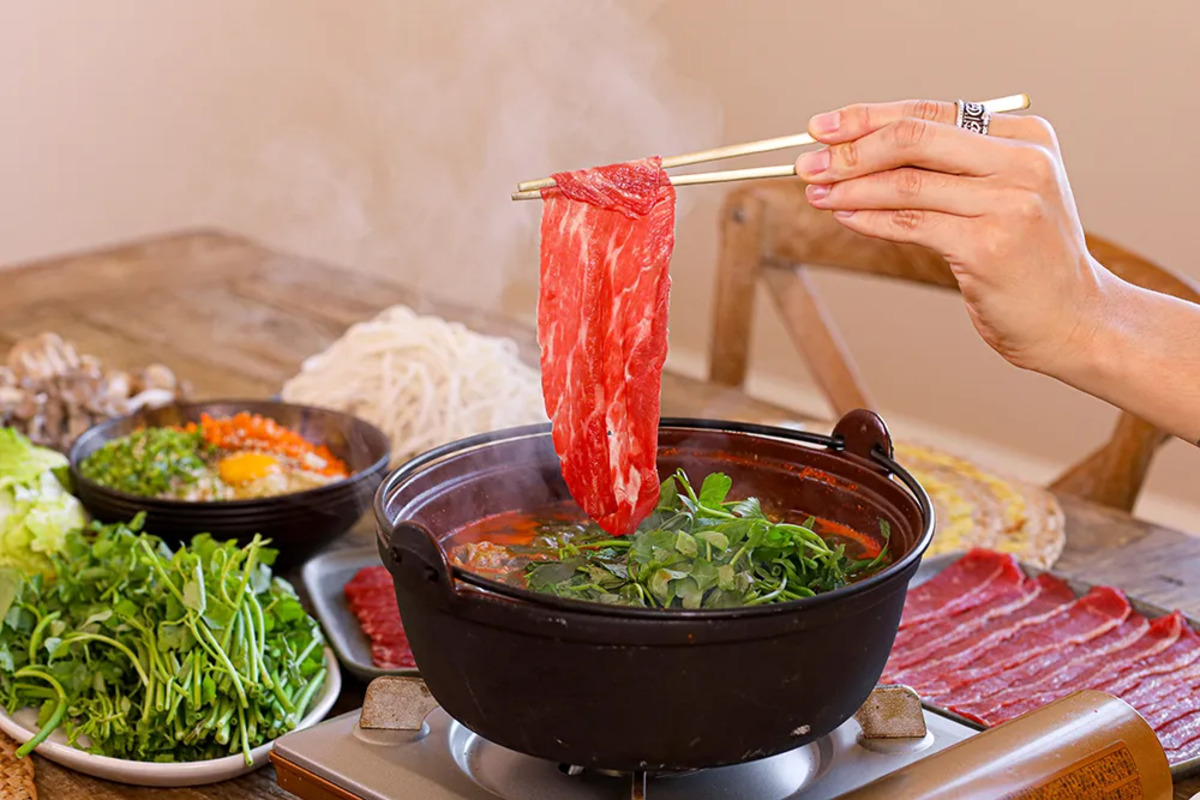

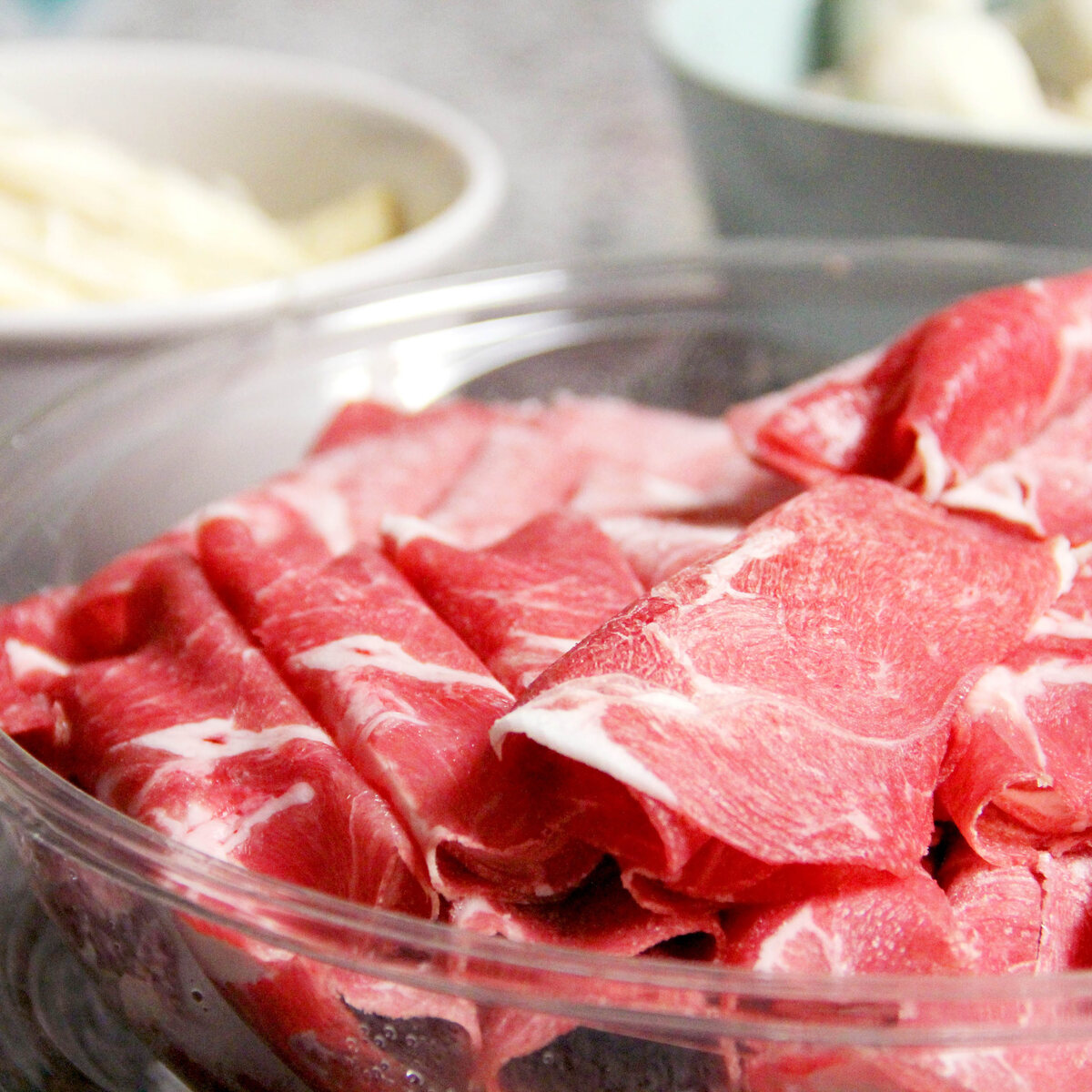
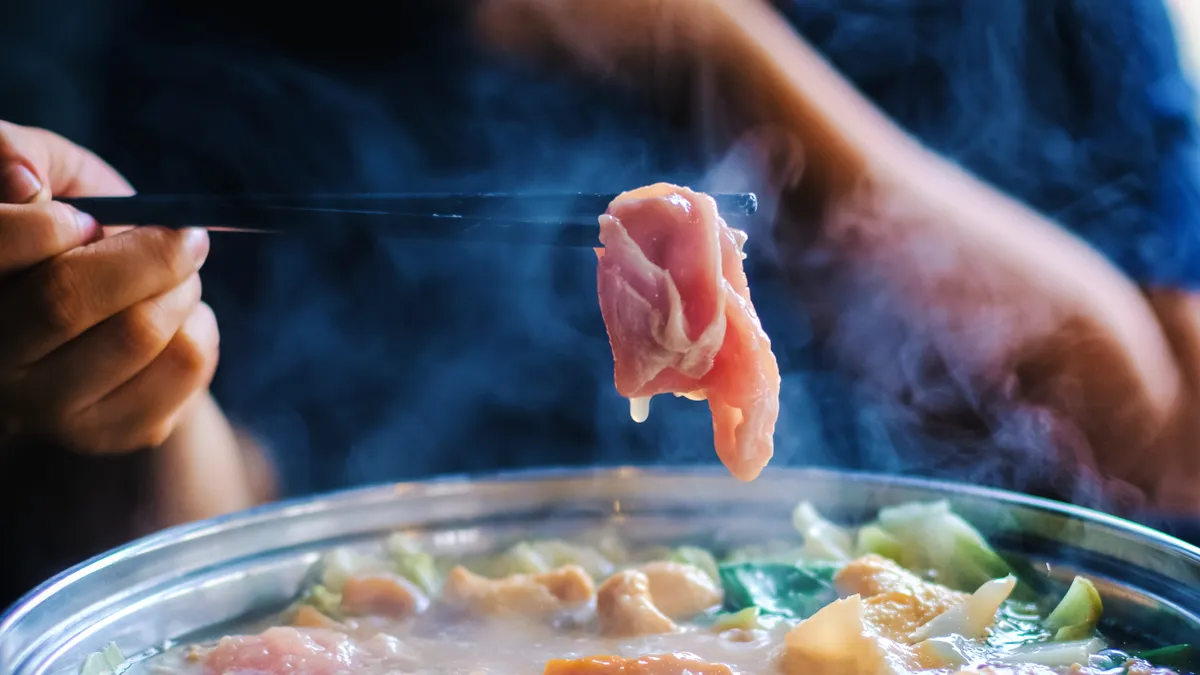
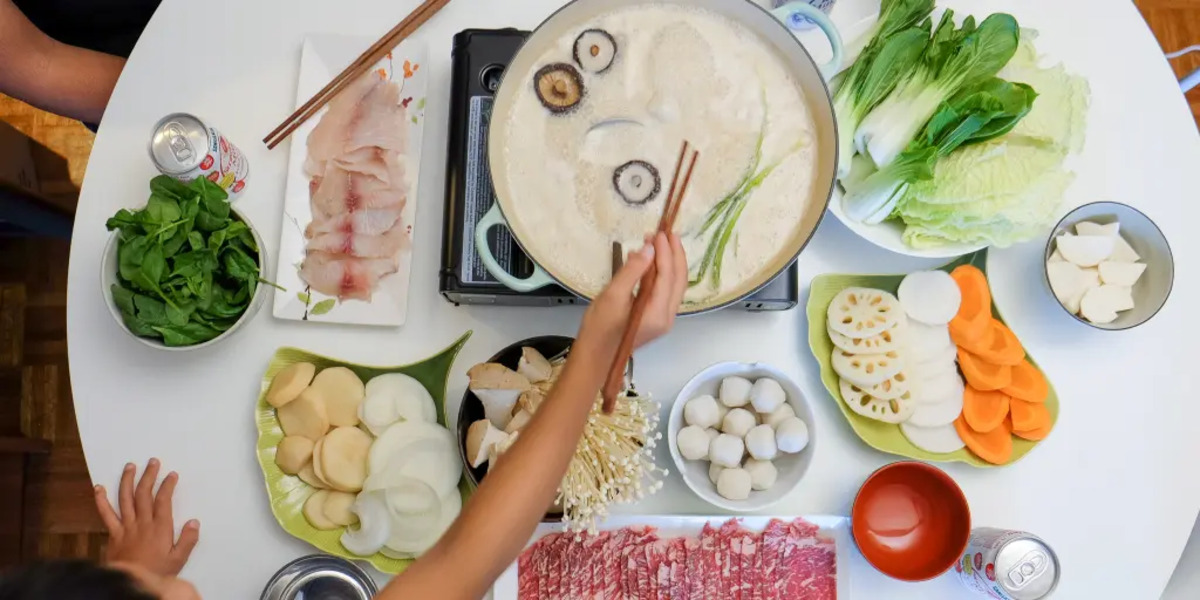

0 thoughts on “What Is Shabu Shabu Hot Pot”